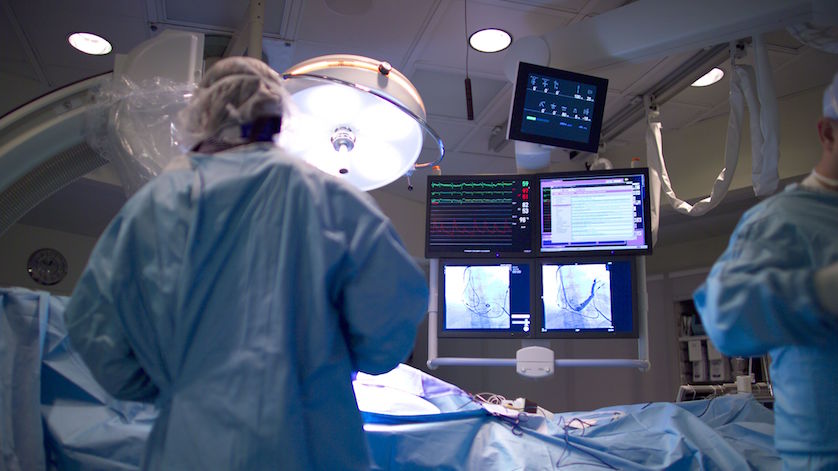
Absolute pressure sensors and gauges produce readings that are not influenced by fluctuating atmospheric pressure. These precision instruments are used in vacuum pumps, meteorology, laboratories, and aviation/aerospace.
There are different types of pressure. Absolute pressure is the sum of all the pressures applied to a system.
Understanding Absolute Pressure
The Earth’s atmosphere has weight and creates pressure. The amount of this atmospheric pressure – also called ambient pressure, barometric pressure, and air pressure – varies by altitude. The higher the location, the less atmosphere is available to press down upon a surface. Atmospheric pressure also varies depending on weather conditions.
Gauge pressure (pressure of a system above atmospheric pressure) is adequate for most pressure measurement needs. But since atmospheric pressure fluctuates constantly depending on air temperature and humidity, gauge pressure is not precise enough for certain situations.
Instrument manufacturers developed absolute pressure gauges and absolute pressure sensors for applications that require readings not influenced by changes in altitude or weather, such as what is needed in meteorology and aviation.
Absolute Pressure Sensor Working Principle
An absolute pressure sensor is a sealed system that functions by referencing a perfect vacuum, so it produces pressure readings that do not include the effect of atmospheric pressure.
Most electronic pressure sensors measure gauge pressure based on the deformation of a diaphragm. If the diaphragm is exposed to the process pressure on one side and vented on the other side (exposed to ambient pressure), the deformation is reduced by the amount of ambient pressure. This means a gauge pressure reading is actually the pressure difference between the process pressure and the atmospheric pressure.
With absolute pressure sensors, the side of the sensor not in contact with the pressure media is exposed to an absolute vacuum chamber that is permanently sealed. The deformation of the diaphragm is not impacted by atmospheric pressure because it uses the sealed vacuum as its reference and zero point.
Applications for Absolute Pressure Sensors

P-30
Absolute pressure sensors and absolute pressure gauges are typically found in applications that require the monitoring of industrial high-performance vacuum pumps. Industrial packaging machines, for example, are used for vacuum packaging of medical products in a clean environment to ensure sanitary and bacteria-free delivery to hospitals, clinics, and pharmacies.
In the food and beverage industry, vacuum packaging is utilized when the highest level of vacuum possible is required to prevent oxygen from degrading perishables, thereby greatly extending the product’s flavor and shelf life.
Conventional pressure gauges and sensors, which are affected by influences in the atmosphere, are unable to monitor the high end of a vacuum.
Applications requiring true absolute pressure sensors and gauges can also be found in scientific laboratories, testing facilities, the military, and the aerospace industry.
WIKA offers high-precision absolute pressure sensors and transmitters for a number of applications, including the P-30 (standard version) and P-31 (flush version) pressure transmitters. Contact WIKA USA for more information about quality pressure instruments for use in labs, machine building, and calibration.


Informative article, thank you.
Thanks a lot.
Very useful article… thanks a lot!!
thanks a lot! !!